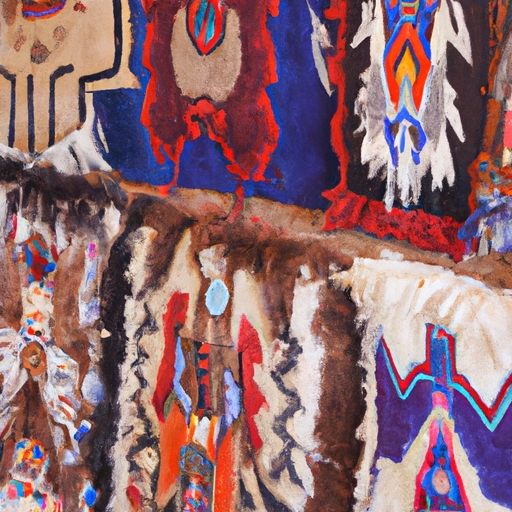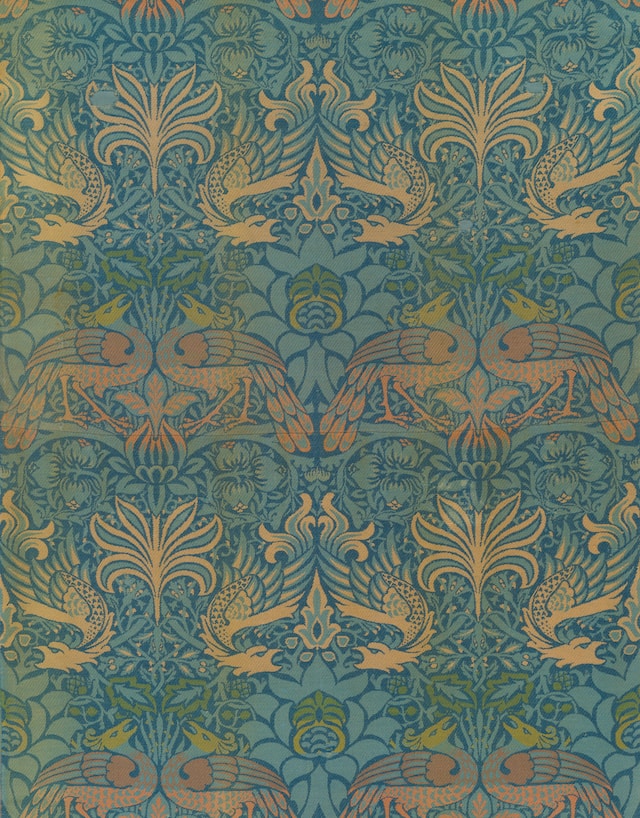identifying native american rugs
Historical background and significance of Native American rugs
Native American rugs have a rich historical background and hold immense significance in their culture. These intricately woven pieces of art showcase the creativity and craftsmanship of Native American tribes, while also reflecting their deep connection with nature and spirituality.
The history of Native American rugs dates back centuries, with evidence of weaving techniques found in archaeological sites across North America. The Navajo tribe is particularly renowned for their exquisite rug making skills, which they learned from the Pueblo people in the 17th century.
These rugs were not merely functional objects but held great symbolic value within Native American communities. They were often used as ceremonial pieces, displayed during important rituals or events. The patterns and motifs on the rugs carried profound meanings, representing elements like fertility, protection, or harmony with the universe.
Native American rugs are more than just decorative items; they are powerful storytellers. Each rug tells a unique narrative passed down through generations, capturing pivotal moments in tribal history and legends. As such, these rugs serve as a visual documentation of Native American heritage and wisdom.
The significance of Native American rugs extends beyond cultural preservation. They have become highly sought-after collectibles worldwide due to their exceptional beauty and historical value. These rugs have made their way into prestigious museums and private collections around the globe, showcasing the enduring legacy of indigenous artistry.
In conclusion, Native American rugs possess both a fascinating historical background and immense significance to native cultures. Their intricate designs and meaningful symbols capture the essence of indigenous traditions while providing insight into their beliefs and values. Through these remarkable creations, we can appreciate the artistic brilliance that flourished among Native Americans throughout history.



